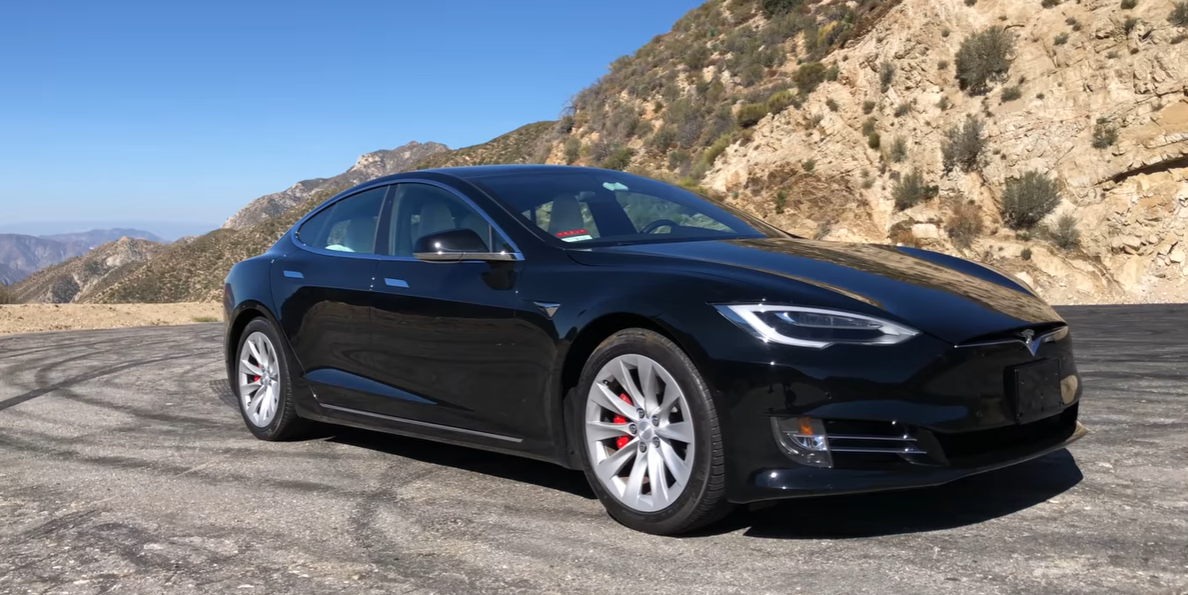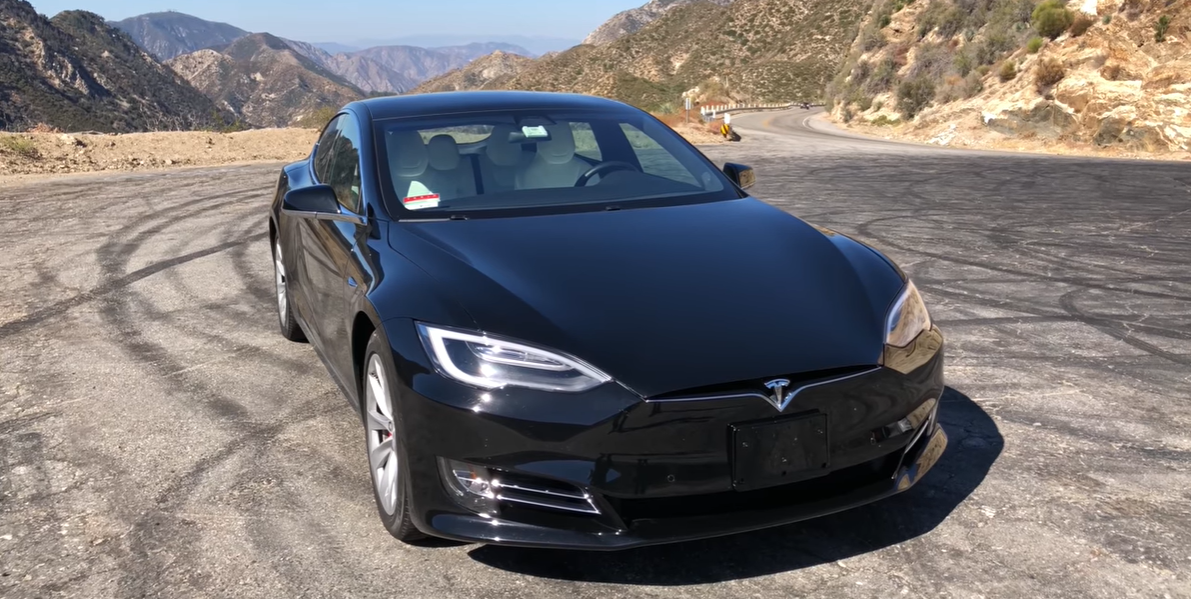Tesla Tricked You! Model S Plaid Will NOT Hit 60 MPH in Under 2 Seconds
The Tesla Model S Plaid is fast, but not as fast as they claim. A little math and knowledge of drag racing terms will explain why.
Electric cars have several advantages over traditional internal combustion powered cars. One of the main advantages is acceleration. Electric vehicles can be mind bending quick. Tesla is one of the most well-known brands in the electric vehicle game. They produce some truly quick cars. The new Model S Plaid and Plaid+ are their quickest yet. They claim they will hit 60 mph from a dead stop in less than 2 seconds. That is a pretty bold claim. It is also untrue. They are without question quick, but not less than 2 seconds to 60 mph quick. So, what exactly is going on here?
Warning! Math ahead. Jason Fenske explained exactly what is going on in a recent video posted on his Engineering Explained YouTube channel. The first issue with the less than 2 second 0 to 60 mph claim is in the way that Tesla measures acceleration. You may be thinking, what a minute, how hard can it be? You take a car sitting still and time it as it accelerates to 60 mph. Easy peasy, right? Well, not so fast. Pun not intended. If you go to the Tesla Model S ordering page, you can select between the Long Range, Plaid and Plaid+ models. Plaid lists 0 to 60 mph of 1.99 seconds. Plaid+ is listed as <1.99 seconds. However, if you click on the feature details button you will see an asterisk next to those claims. Note there is no asterisk next to the 3.1 second claim for the Long Range.
The asterisk notes: “With first foot of rollout subtracted.” Welcome to the world of drag racing. In drag racing there are two beams running across the track. The first is a pre-stage beam and the second is a stage beam. The clock doesn’t start until your tire leaves that stage beam. In most cars that means the car travels about one foot before the clock actually starts. So, you are getting one foot of “free” acceleration.
You might be thinking, one-foot, big deal. But it is a big deal. According to Fenske, a Tesla Model P100D can accelerate 5.9 mph in that one foot. Even a pedestrian Toyota Camry accelerates about 4.3 mph in that first foot. So, when Tesla claims a 0 to 60 mph time of 1.99 seconds, they really claim a 6 to 60 mph time. “We can all agree that 6 to 60 and 0 to 60 are very different measurements, correct?” Says Fenske. It is a bit of marketing trickery by Tesla, and most folks are unlikely to understand what one foot of rollout means. That is, even if they notice it on the ordering site at all.
Next Fenske really breaks out the math to examine if it is even possible for the Model S Plaid to hit 60 mph in less than 2 seconds. Interestingly, to figure this out he focuses on the braking ability of the car. It sounds counterintuitive but makes sense. “A car cannot accelerate faster than it can brake.” Explains Fenske.
What he shows us is that by looking at braking figures, you can determine a cars peak grip. You can then use that to calculate the theoretical quickest 0 to 60 mph acceleration time. After going through the math Fenske claims that it is possible for a car to hit 60 mph in less than 2 seconds. However, to date, no car has. Fenske has some advice for Tesla: “Actually get a 0 to 60 under 2 seconds and then we can all celebrate. It could be legitimate from 0 mph to 60 mph. How cool would that be?” It would be very cool indeed. So, Tesla, are you up to the challenge?
Join the Electric Vehicle forums now!




